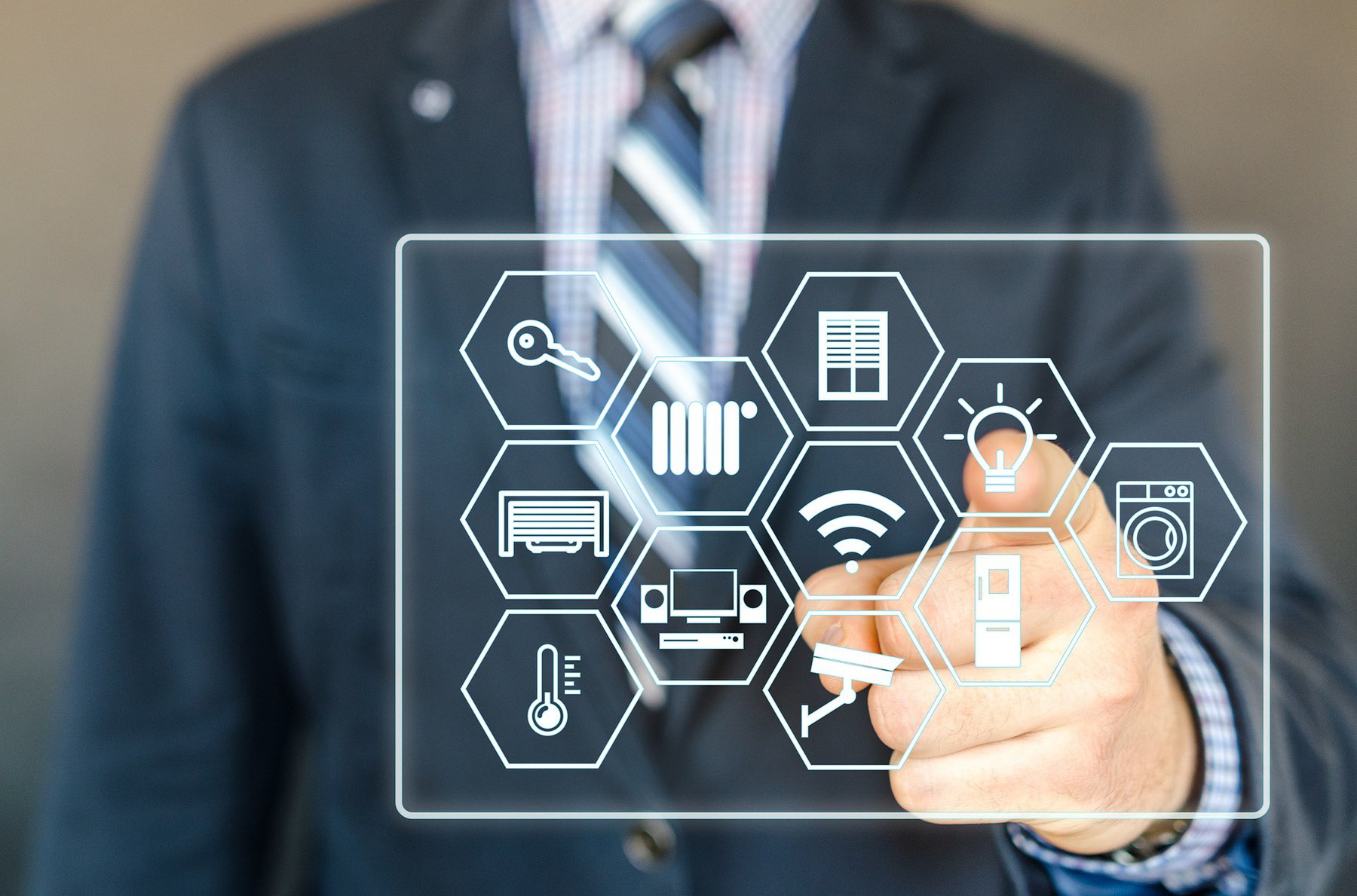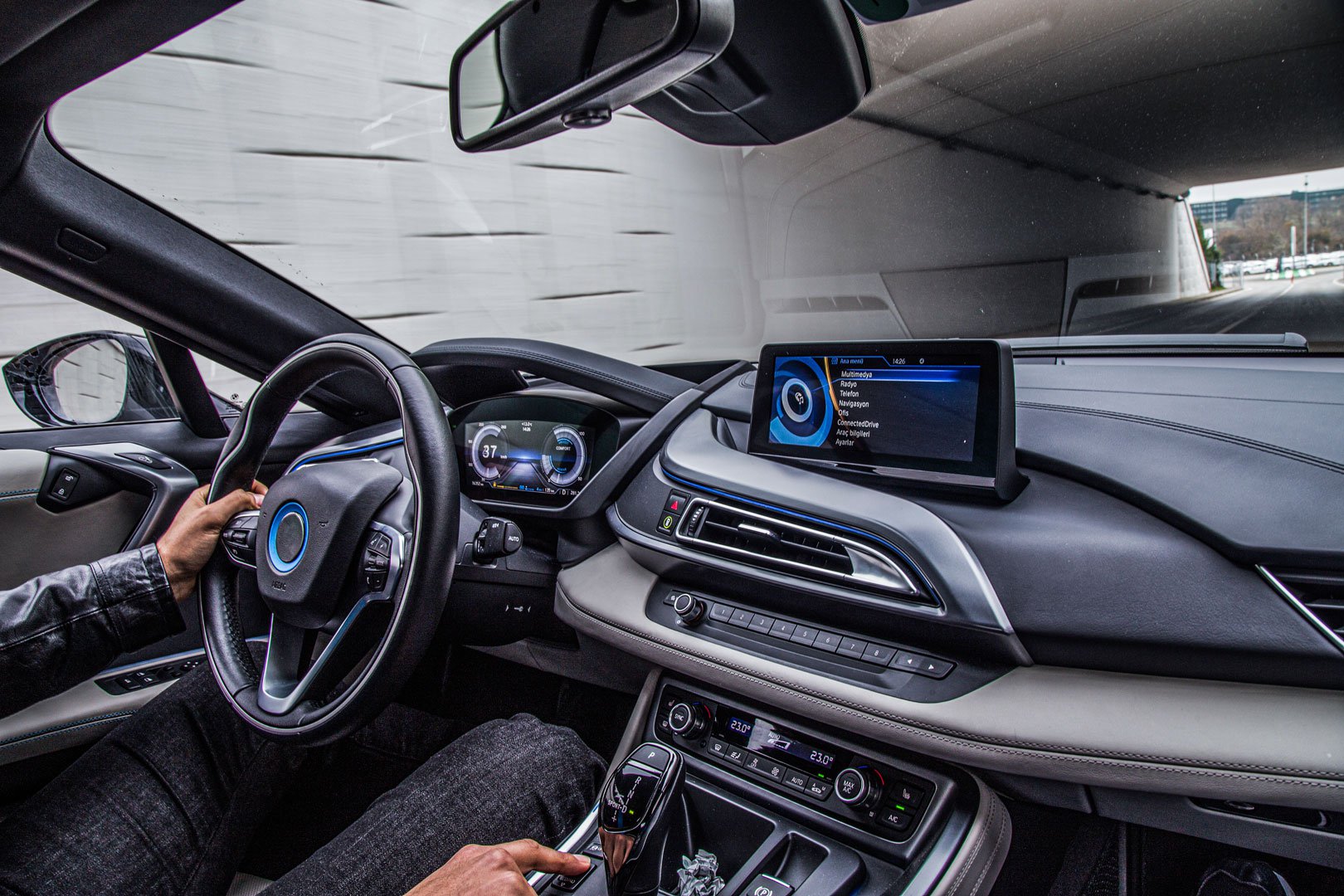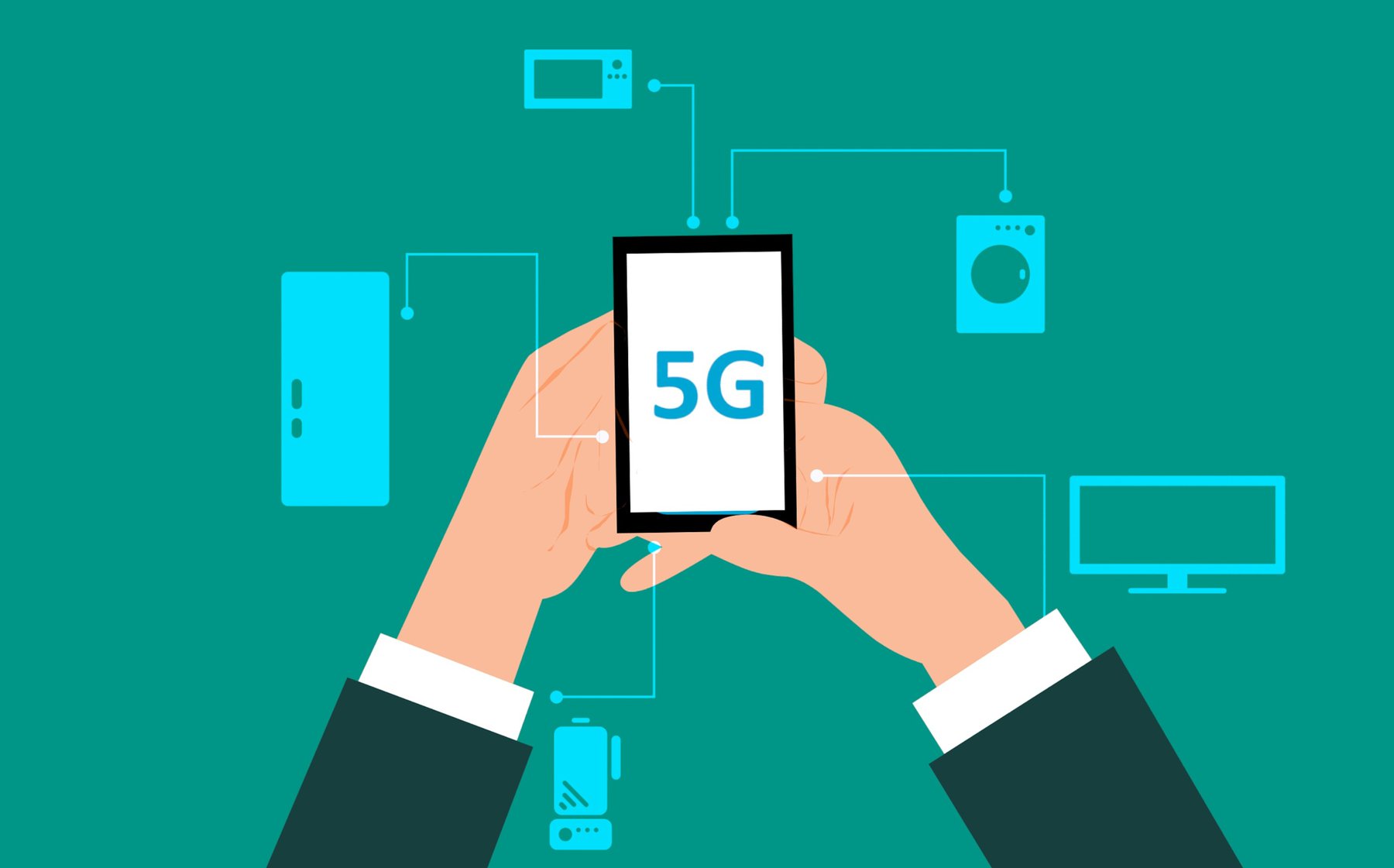
Technology
The Internet of Things
December 30, 2020

The best way to pave for disruption, is to be ready for the next technological leap.
IoT, or the Internet of Things, is about extending the power of the Internet, onto processes and environments. With the hyper-connected 5G future incoming, armed with download speeds of 2.5 GB/S (gigabytes per second), information is collected and processed, allowing businesses and consumers to become more connected for better efficiency.In simpler terms, IoT is the next step towards smart cities, enabled by the development of 5G. Internet-connected devices overtook the human population in 2010, and Bloomberg expects such devices to reach 125 billion by 2030. Intriguing as it may sound, it will take a while for the technology to stabilise, but we should be well prepared to ride the wave.
With big data coming into the fray and connecting decisions based on patterns analysed from a single computing entity, it does seem like Skynet (the fictional superintelligence system from the movie Terminator) is materialising. Networks of physical objects with sensors and actuators connect to software that gather and transmit data continually to fulfil human tasks.
Think coffee places that remember your favourite orders, cars that guide you to your usual spot, or for a more morbid example, a major drop in your pulse prompting an ambulance to rush to you.
Internet-connected Cars
Getting in, your autonomous car reminds you of your appointments for the day. It takes the fastest route and adjusts the temperature, seat height, mirrors and even music to your “meeting playlist” instead of your husband’s. It pre-orders your latte to-go from your favourite coffeeshop, and reminds you that your stilettos are in the backseat.Wearable Devices
You may be wearing one right now. It reminds you to take your daily medication. It then schedules your next appointment for the pain in your left knee. Your cardio has not been fulfilled for the week, and would you like a session with your yoga instructor over the weekend?

Smart Home
Still think of Google Home or HomePod as toys for boys? Getting home, the TV switches to your current episode of Black Mirror (5G’s peak speed downloads the whole season in 8 seconds). The lights are dimmed, the A/C is turned on. Your roast chicken is reheated. The shower pressure is to your liking, and the garden was watered earlier that afternoon.This is the potential of 5G and the IoT, but with leapfrogging advancement there will be repercussions. A 2017 report from McKinsey Global Institute shares that automation could eliminate as many as 73 million jobs in the USA by 2030. However, a higher demand for server maintenance teams and coders might alleviate a labour crisis.
This article was first published in the FY18/19 issue of 360 Circle. You can download and read the full article here.